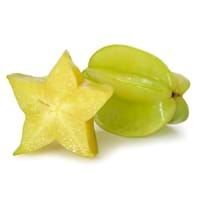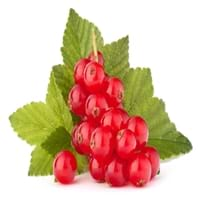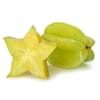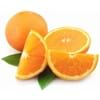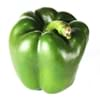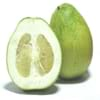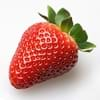Health Benefits
Cancer prevention, Heat stroke treatment
Cancer prevention, Gout treatment, Heart care, Regulation of heart rate, Treatment of rheumatism
General Benefits
Anti oxidant properties, Anti-inflammatory properties, Digestive aid, Maintains healthy cholesterol level, Treatment of sore eyes
Anti oxidant properties, Controls blood pressure, Cures fever, Digestive aid, Healing of wounds, Helps in weight loss, Strengthens bones
Skin Benefits
Anti-aging benefits, Heals sunburn, Skin rejuvenation
Brightens and lightens complexion, Reduces wrinkles, Treatment of acne
Hair Benefits
Promotes longer and healthier hair, Protects hair
Protects hair
Allergy Symptoms
NA
Abnormally rapid heart rate, Anaphylaxis, Breathing difficulty, Hives, Itching, Swallowing difficulties
Side Effects
Nausea, Vomiting
Possibly unsafe during pregnancy
Best Time to Eat
As a snack in the late afternoon, Eat the fresh ones, avoid mixing with any other foods, don't eat after meal., Strictly avoid empty stomach
Best if taken as a breakfast (or empty stomach), As a snack in the late afternoon, Don't eat after meal, Morning time (before lunch)
Vitamin B5 (Pantothenic Acid)
Vitamin C (Ascorbic Acid)
Vitamin K (Phyllochinone)
Calories in Fresh Fruit with Peel
Calories in Fresh Fruit without Peel
Not Available
Not Available
Calories in Frozen Form
Not Available
Not Available
Calories in Canned Form
Not Available
Not Available
Calories in Jam
Not Available
Calories in Pie
Not Available
Season
Autumn, Spring, Summer
Summer
Varieties
King, Bell, Sri Kembangan, Arkin and Fwang Tung
Rovada, Stanza, Red Lake, Junifer and Jonkheer van Tets
Color
Golden yellow, Green
Red
Inside Color
Yellowish Green
Red
Shape
Oval and Star(Cross section)
Round
Taste
Crisp, Juicy, Sweet
Sour, Tart
Grows on
Not Available
Trees
Soil Type
Loam, Well-drained
Moist, Well-drained
Climatic Conditions
Moist, Warm to hot climate
Cold
Facts about
- When carambola is cut horizontally, it forms a star.
- It is believed that carambola helps to cure hangover.
- Entire carambola is edible, including its skin.
- 2 varieties of carambola are cultivated: tart & sweet.
- The albino version of red currants known as white currants, are often sold as different fruit.
- Red currant tea is healthy substitute for coffee.
- There are more than 150 varieties of red currants.
Top Producer
Taiwan
Russia
Other Countries
Australia, Guyana, India, Israel, Malaysia, Philippines, United States of America
Belgium, France, Germany, Ireland, Italy, Netherlands, Poland, Portugal, Scotland, Spain, Sweden, United Kingdom
Top Importer
Europe
Germany
Top Exporter
Malaysia
Russia
Botanical Name
Averrhoa carambola
Ribes rubrum
Synonym
Not Available
Not Available
Subkingdom
Tracheobionta
Tracheobionta
Division
Magnoliophyta
Magnoliophyta
Class
Magnoliopsida
Magnoliopsida
Order
Oxalidales
Saxifragales
Family
Oxalidaceae
Grossulariaceae
Species
A. carambola
R. rubrum
Generic Group
Not Available
Saxifrage
Difference Between Carambola and Red Currant
We might think that Carambola and Red Currant are similar with respect to nutritional value and health benefits. But the nutrient content of both fruits is different. Carambola and Red Currant Facts such as their taste, shape, color, and size are also distinct. The difference between Carambola and Red Currant is explained here.
The amount of calories in 100 gm of fresh Carambola and Red Currant with peel is 31.00 kcal and 56.00 kcal and the amount of calories without peel is Not Available and Not Available respectively. Thus, Carambola and Red Currant belong to Low Calorie Fruits and Low Calorie Fruits category.These fruits might or might not differ with respect to their scientific classification. The order of Carambola and Red Currant is Oxalidales and Saxifragales respectively. Carambola belongs to Oxalidaceae family and Red Currant belongs to Grossulariaceae family. Carambola belongs to Averrhoa genus of A. carambola species and Red Currant belongs to Ribes genus of R. rubrum species. Beings plants, both fruits belong to Plantae Kingdom.
